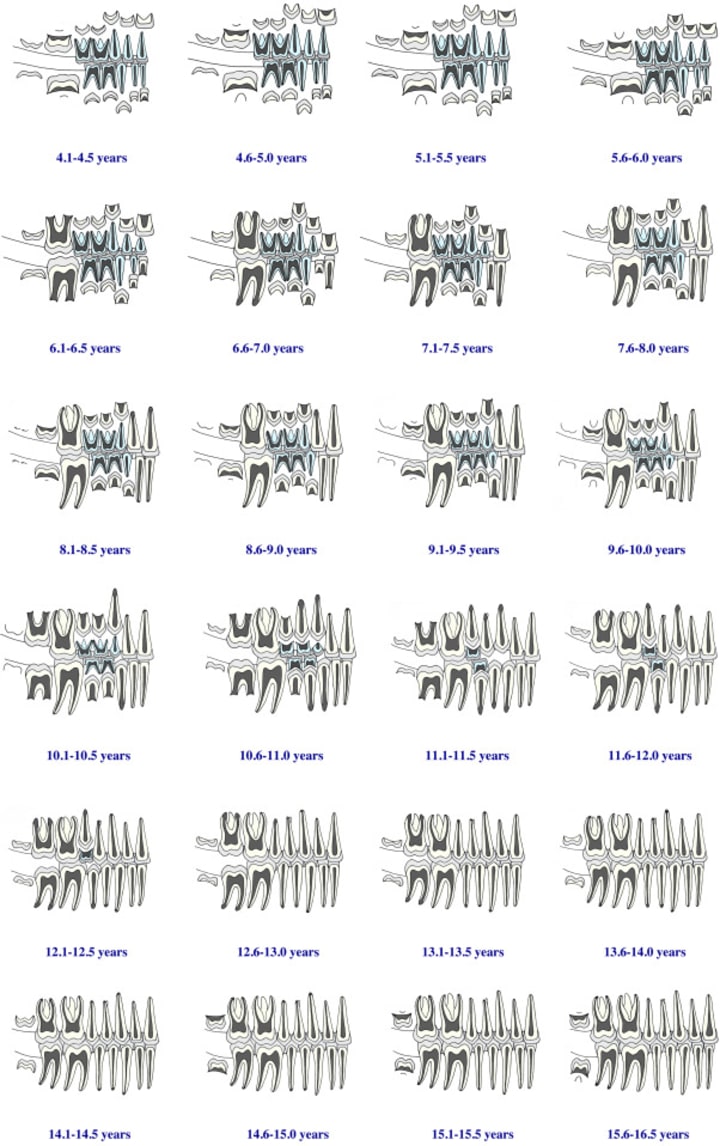Skeletons: Windows into the past
How to determine a individual’s basic characteristics in life, from their skeletal remains

A skeleton can tell us many things about how a person lived and who they were. I first became interested in studying skeletons when I was studying for my undergraduate degree. I discovered a passion for learning how people lived in the past through giving the dead an opportunity to tell their stories.
My undergraduate thesis was entitled “What can we learn about daily life in Margidunum, a small Roman town, by studying human remains?”. I learnt how to estimate the age, biological sex, height and ancestry of an individual from their skeleton. There were a number of different methods that could be used to estimate each characteristic.
To determine age, you can use tooth eruption, epiphysial fusion, tooth wear analysis, pubic symphysis erosion and/or cranial suture closure. Children are usually easier to age because their bodies grow and change rapidly so it’s easy to pinpoint the stage of growth and therefore the age they were at death. It is also easier, because they’re bones are still fusing and their teeth are still developing, both of which usually occur on a know schedule. I am going to explore both of these methods in a little more detail.
Tooth eruption ageing is based on estimates of when each baby and adult tooth should appear in the jaw. This is illustrated in this diagram:

To determine age using epiphyseal fusion, we need to look at with bones have fused and which haven’t because different bones fuse at different ages, as illustrated in this diagram:

To determine biological sex, it is best to study the features of the skull and the pelvis in the first instance. This is because the skull and the pelvis are the most sexually dimorphic parts of the skeleton. Other methods, such as the size of the femoral head, can be used but they are no way near as accurate since both men and women can have very varied builds. Children cannot be sexed because most sexual dimorphism occurs during puberty.
Here are the cranial and pelvic traits used to determine biological sex:



NB/: Biological sex determination also brings up the issue of gender since it’s perfectly possible for an individual’s gender to not match their biological sex. There are examples of burials where an individual is, for example, biologically male but is buried with jewellery, cosmetic paraphernalia etc.
To determine stature the lengths of limb bones e.g. the femur are taken and entered into formulae. An example of these formulae can be seen here:

Often, stature formulae are calculated for a specific collection. Stature is also a rudimentary way of determining ancestry.
There are, however, other more accurate methods of determining ancestry. The main method is cranial morphology or the shape of different cranial features. This table lists the craniofacial traits used in this method and how they vary between groups of people:

These four characteristics make up what is know as a biological profile in archaeology and anthropology. In my next Skeletons story I will be discussing non-metric traits, so watch this space!






Comments
There are no comments for this story
Be the first to respond and start the conversation.